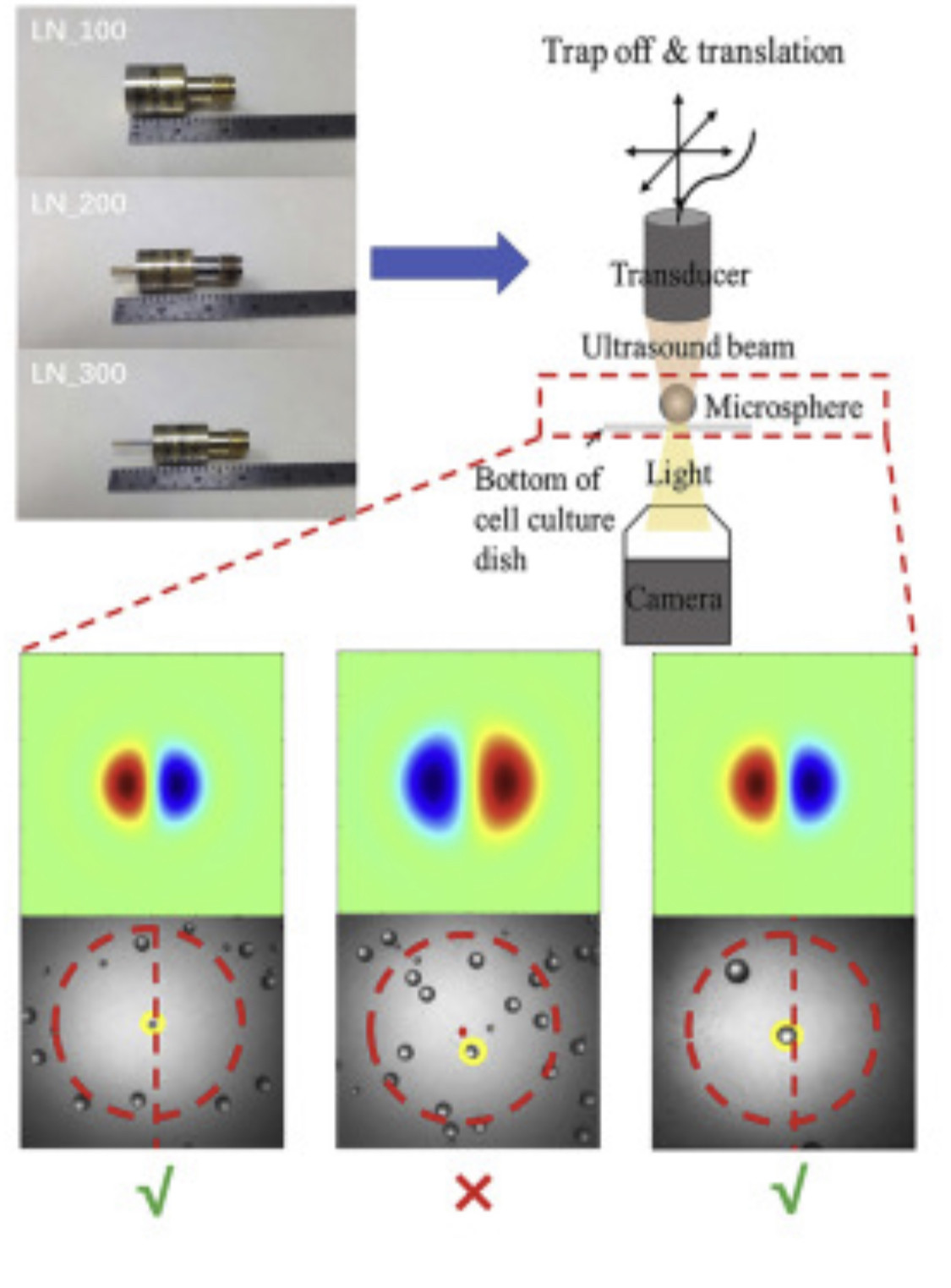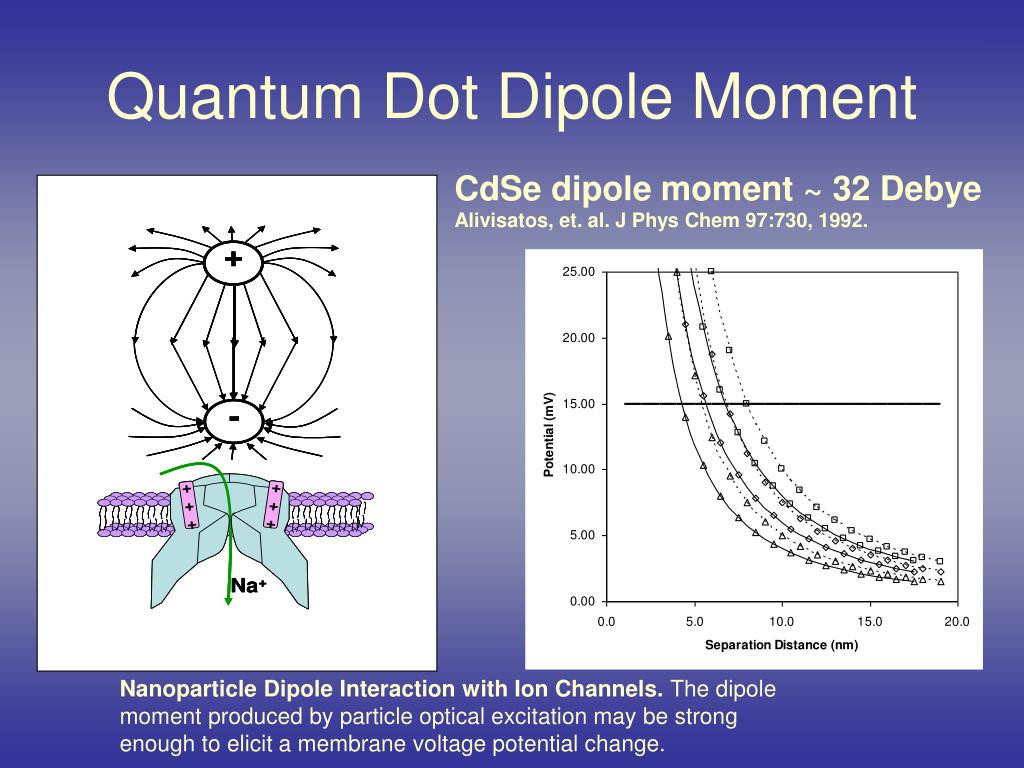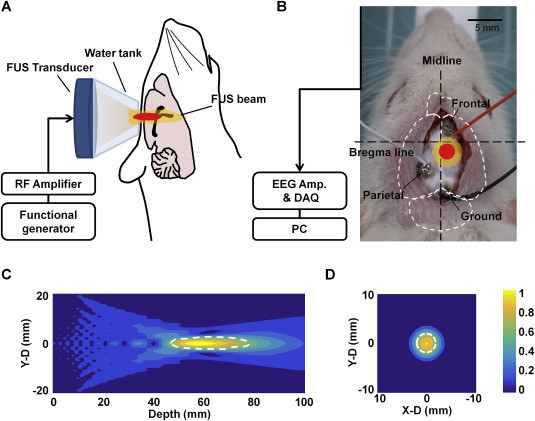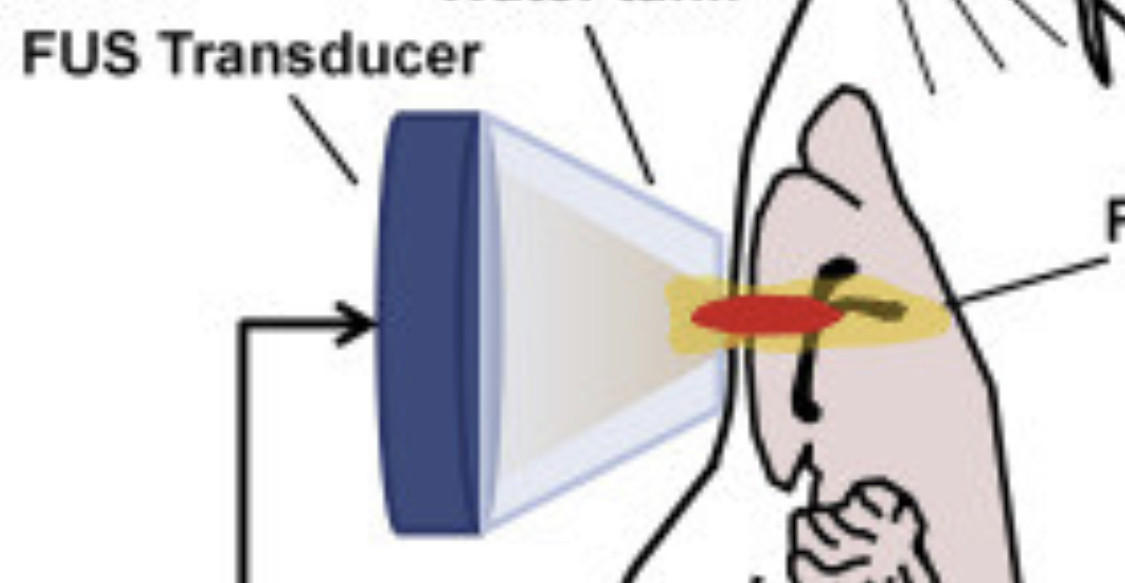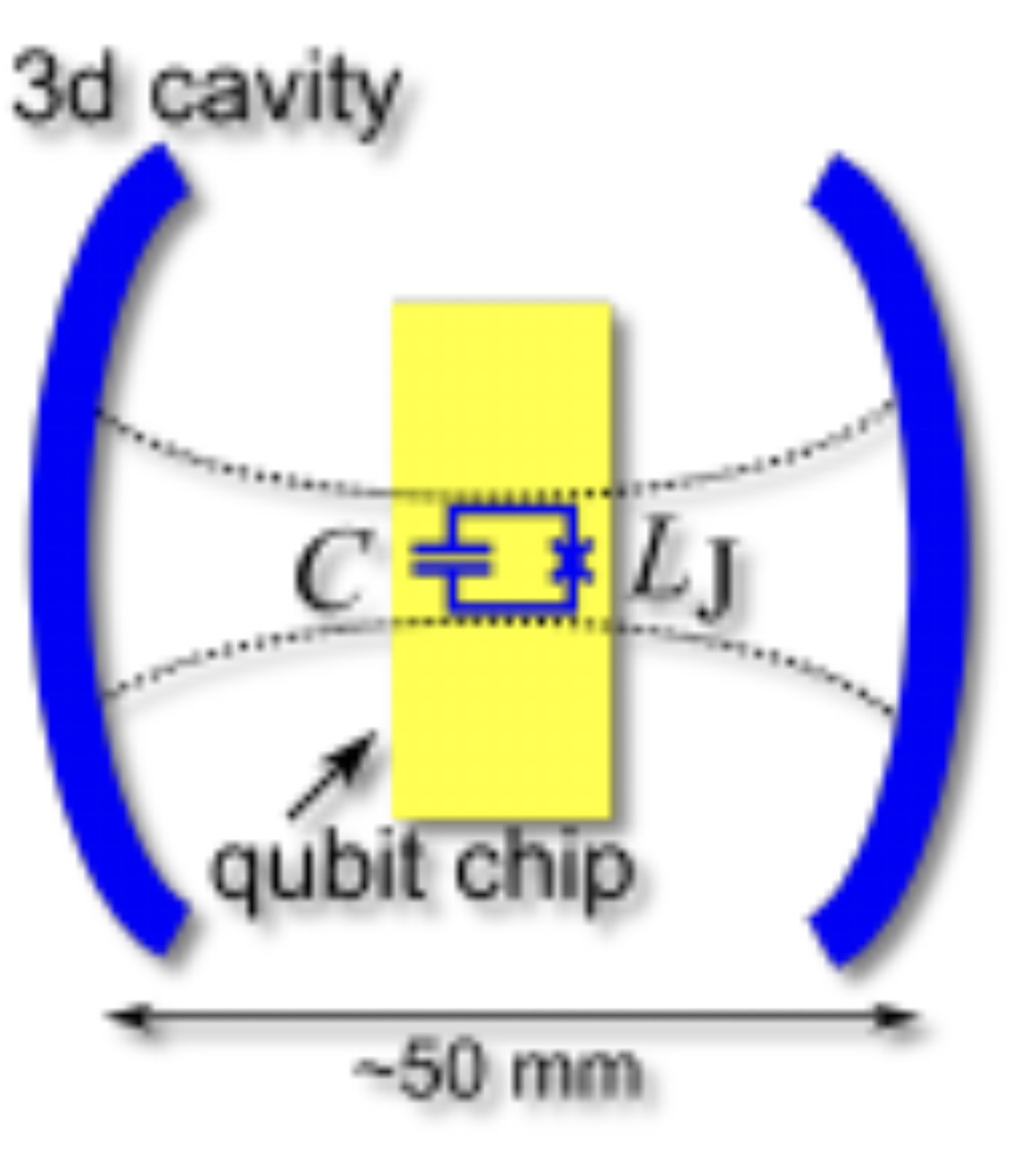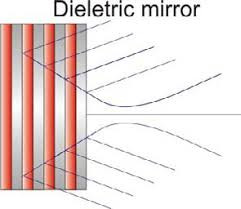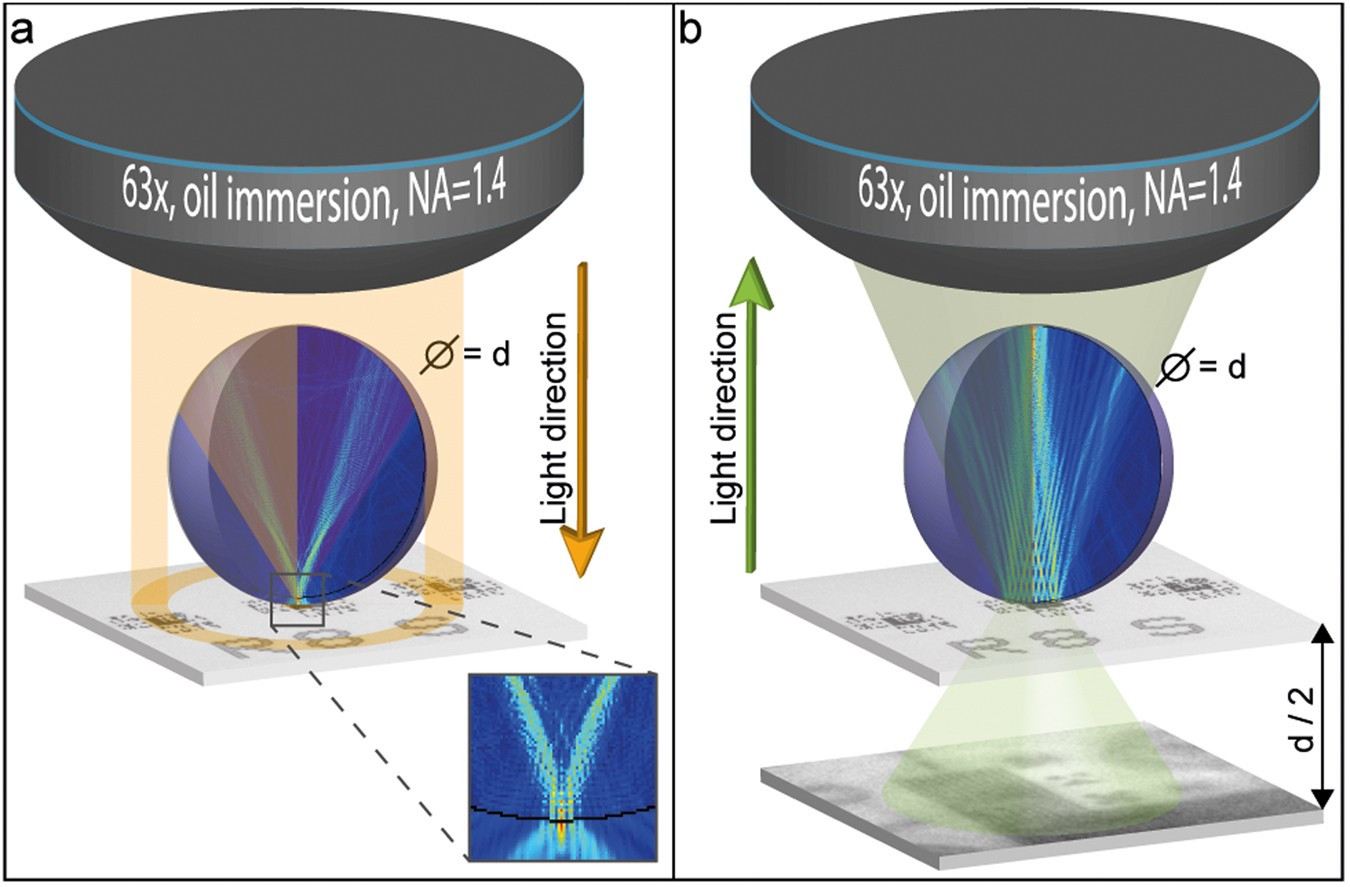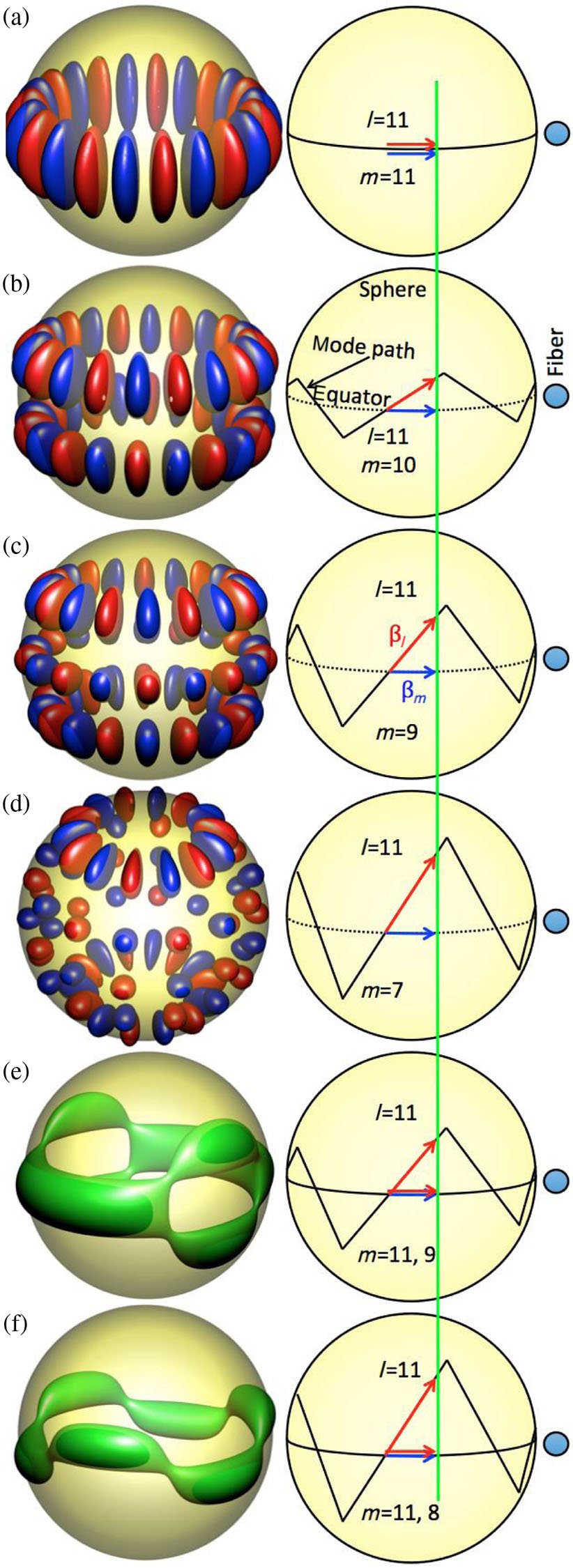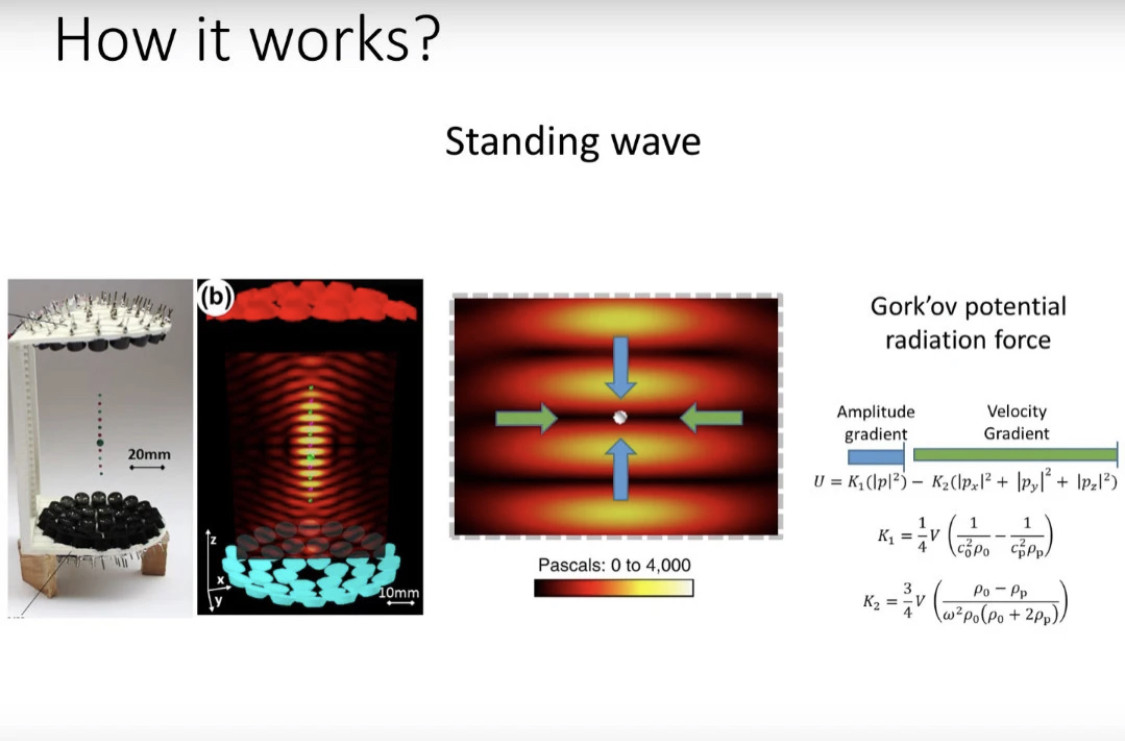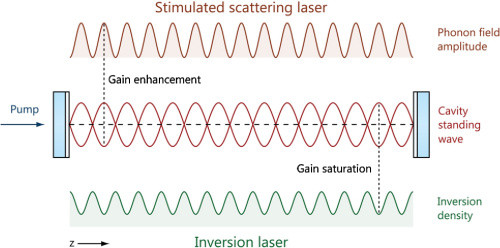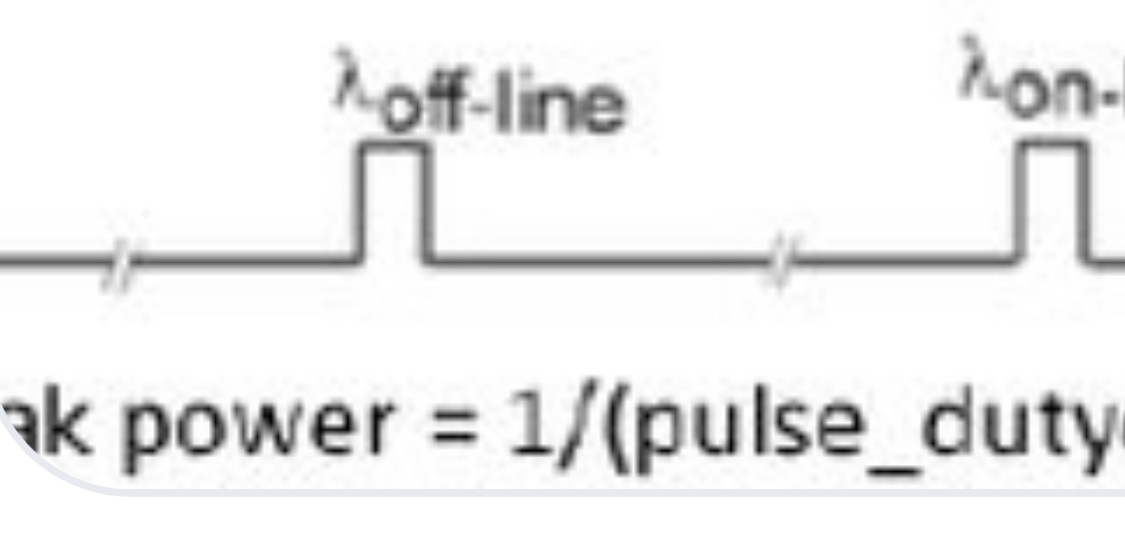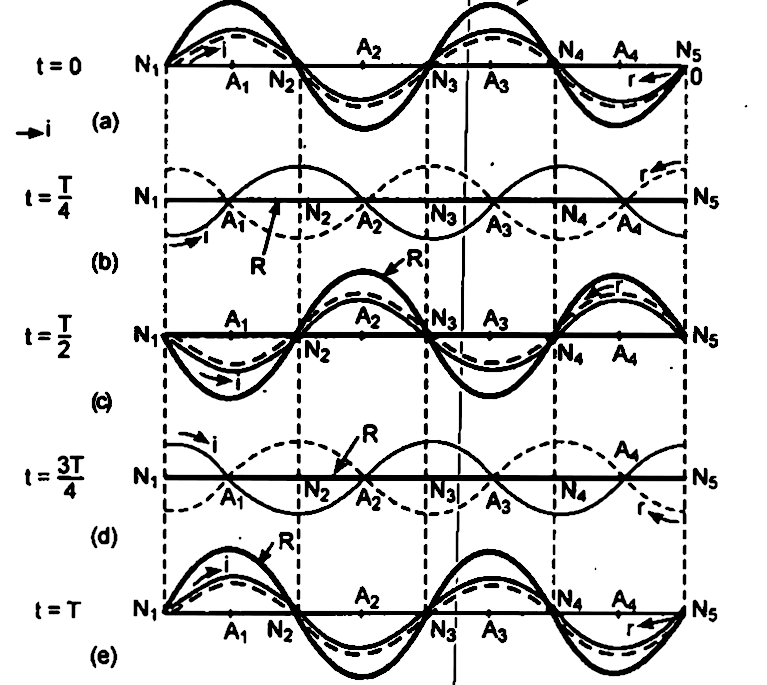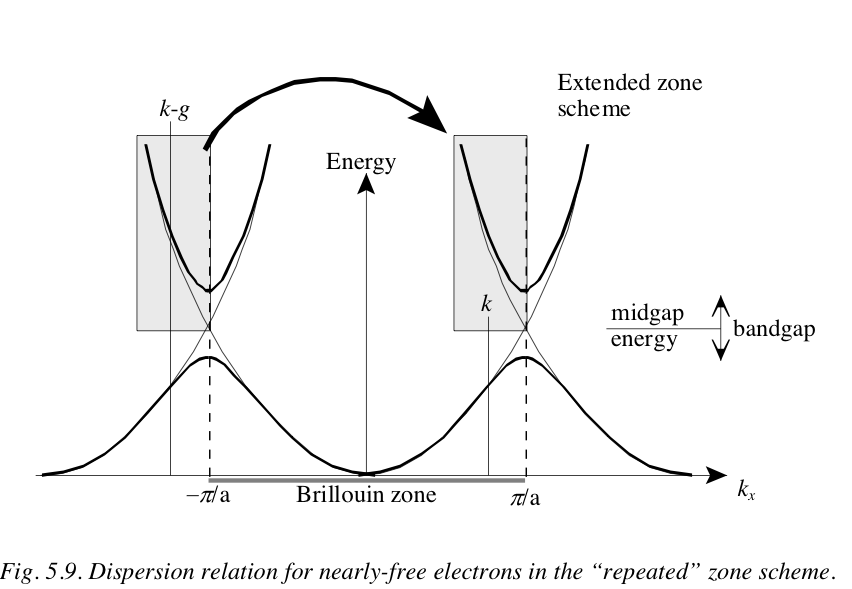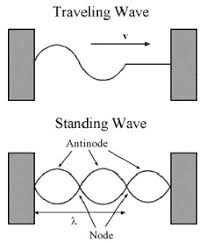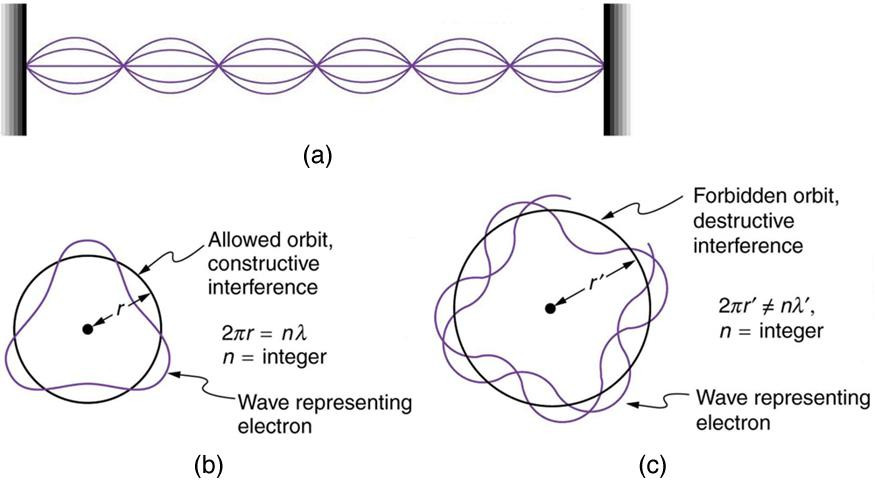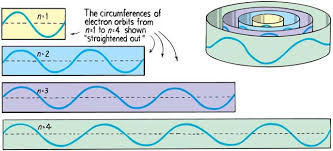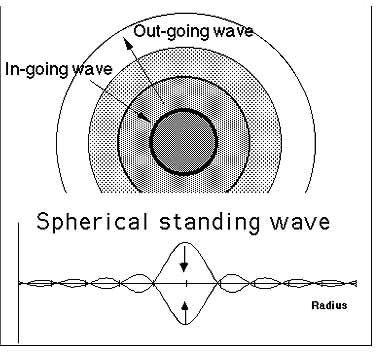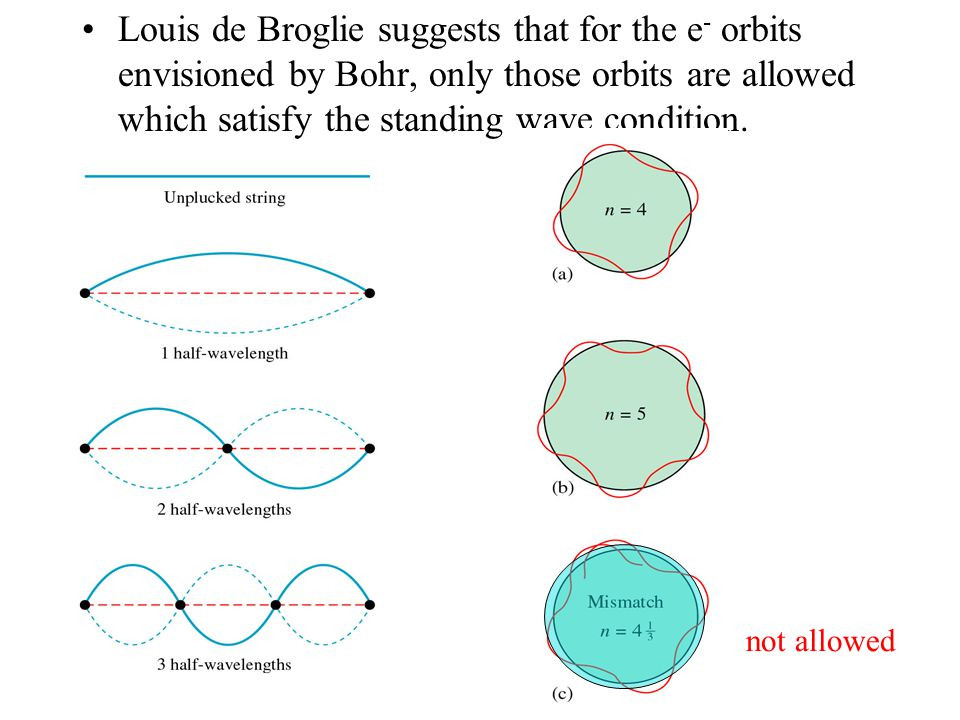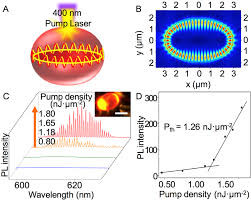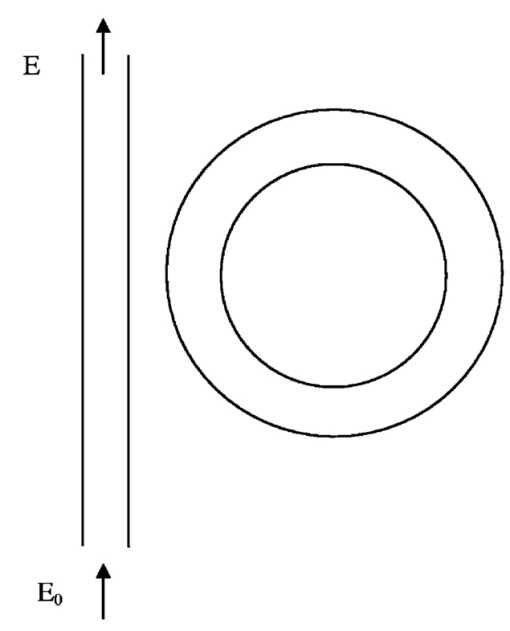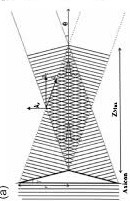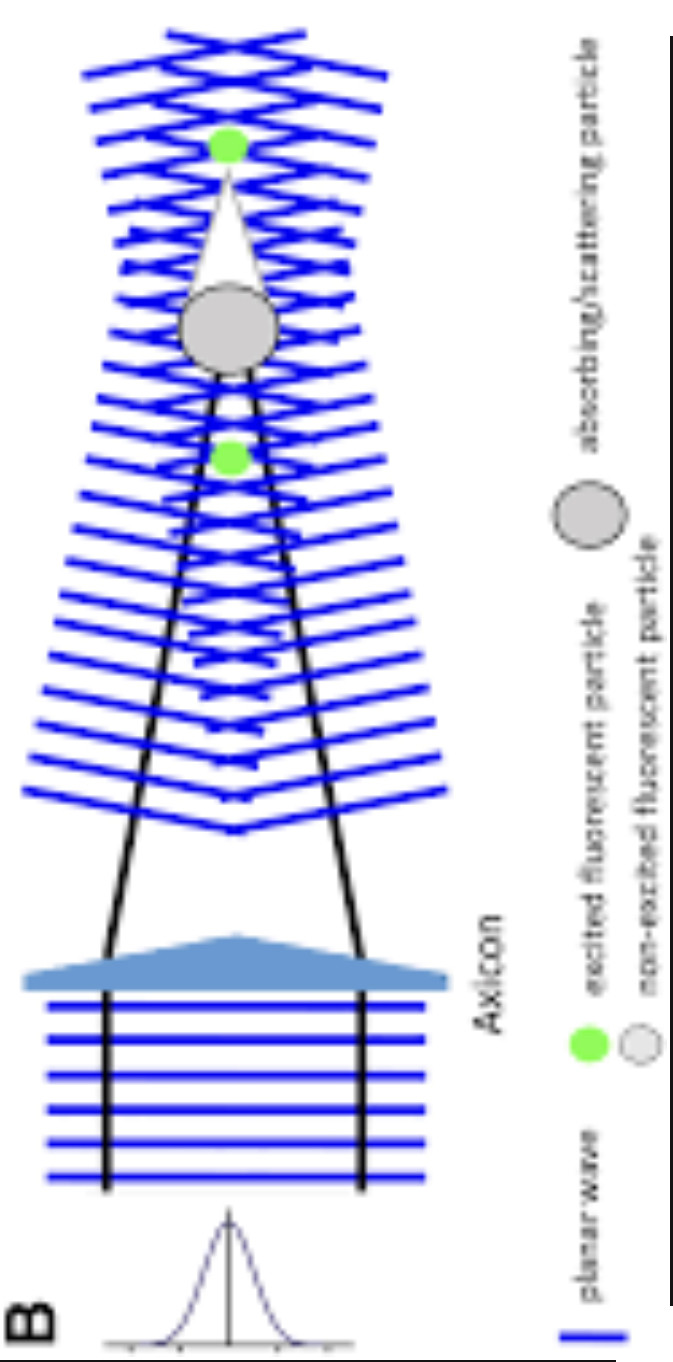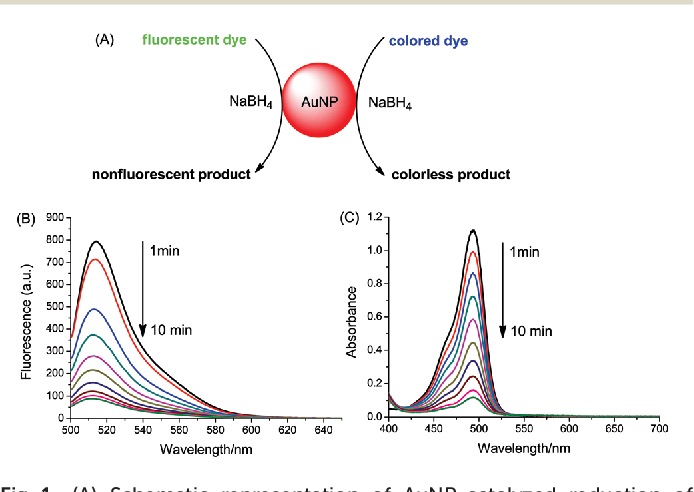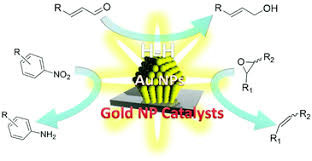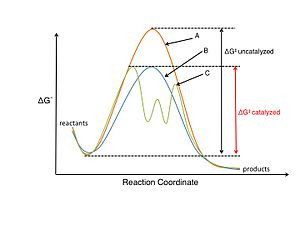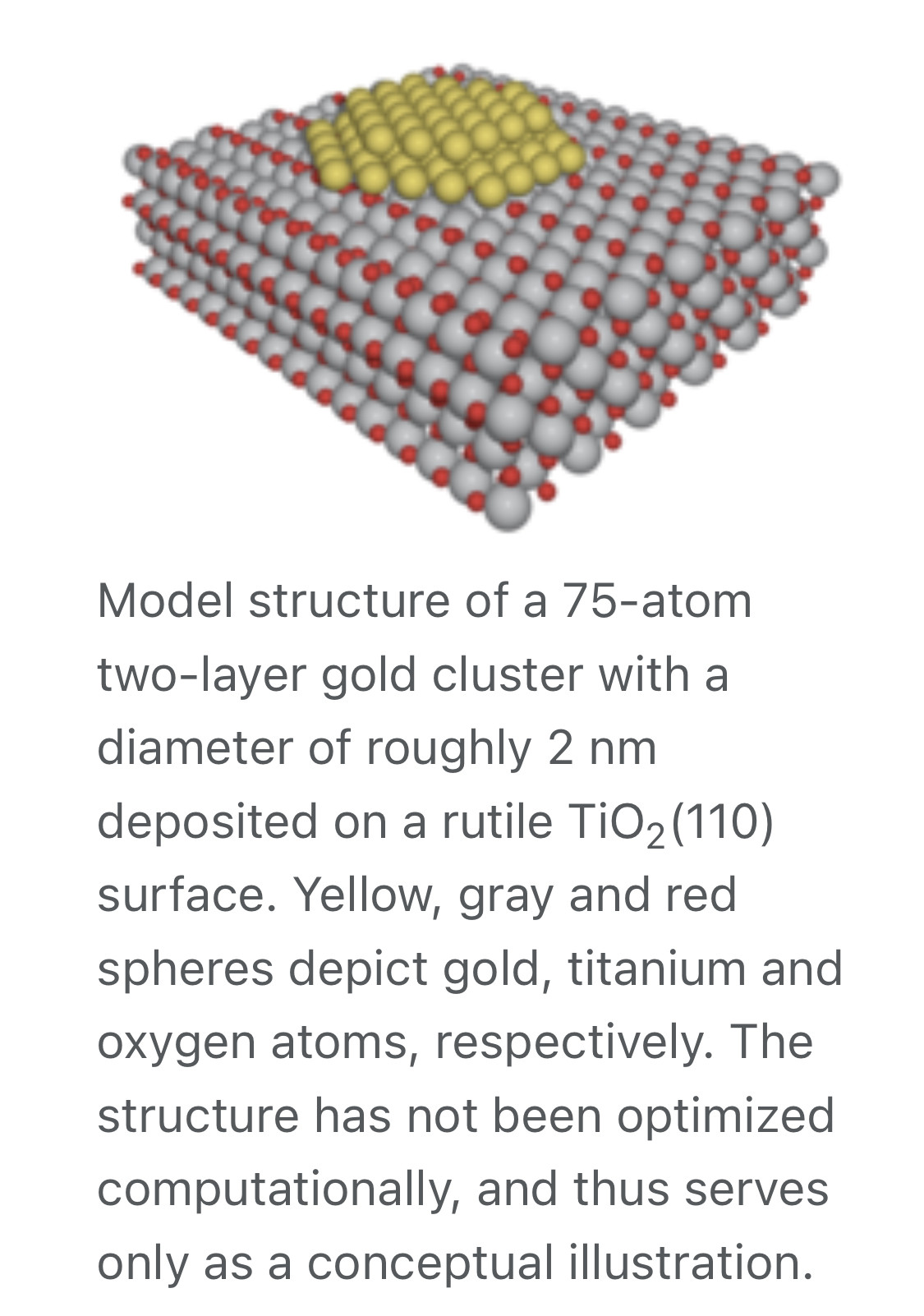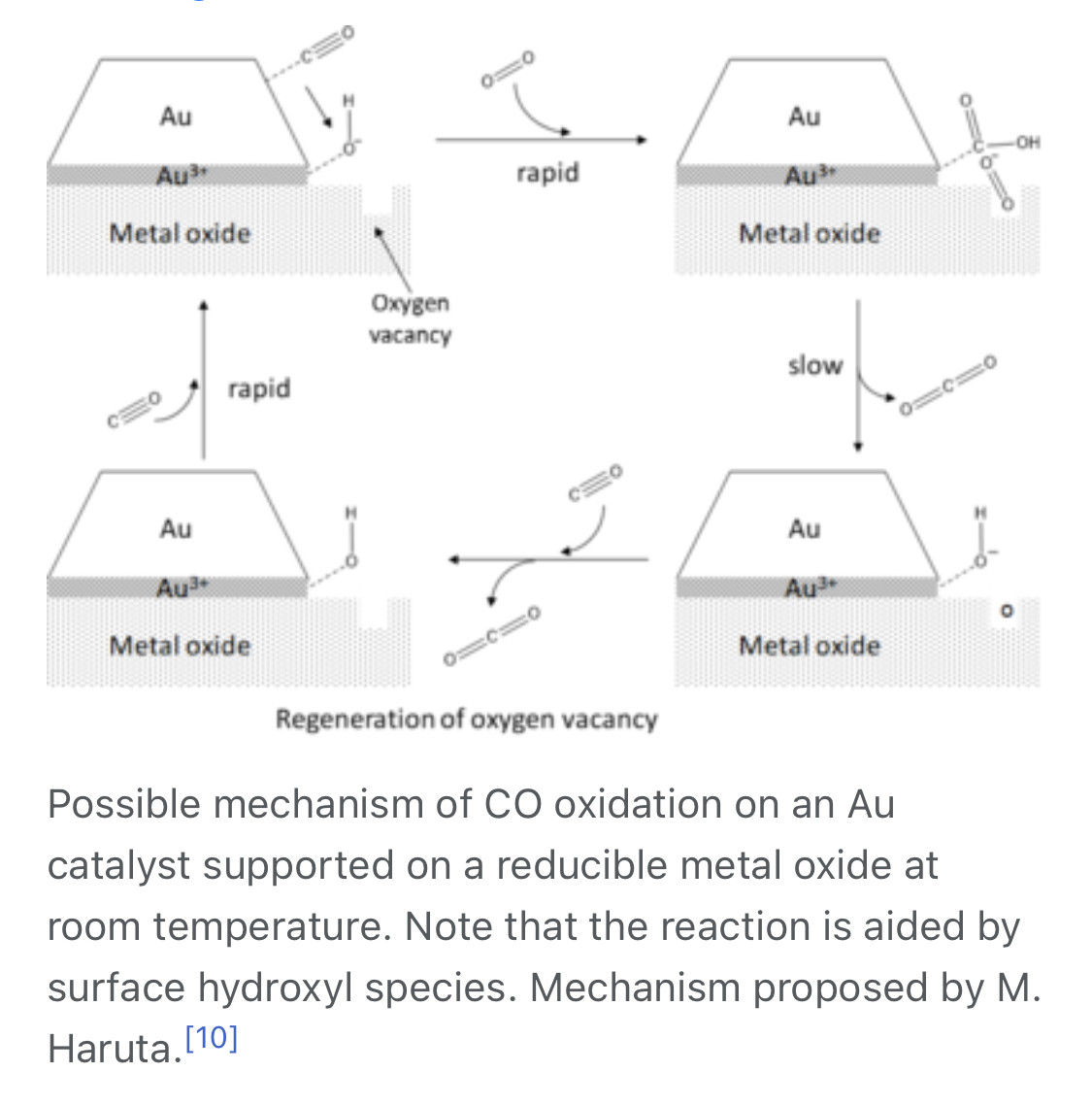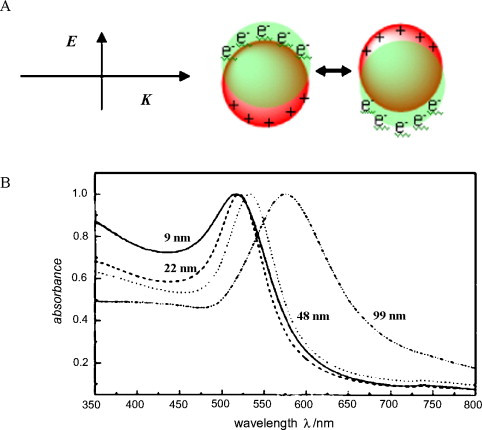The Mac
@TheMac
11 June, 06:08
So we still have half a chance left to stop the vaccine and virus dipole moment from activation?
Notice: Undefined index: tg1tga_access in /home/admin/www/anonup.com/themes/default/apps/timeline/post.phtml on line 396
Sista Sue
@SC18835410
11 June, 06:15
In response The Mac to his Publication
How do we do that Mac? In layman’s terms please for anyone like me that wants to understand all the technical explanations but just can’t quite get it all.
Or maybe I’m the only one who can’t quite grasp it all…in any case.. what as individuals, or as a collective front can we do?!
Or maybe I’m the only one who can’t quite grasp it all…in any case.. what as individuals, or as a collective front can we do?!
Notice: Undefined index: tg1tga_access in /home/admin/www/anonup.com/themes/default/apps/timeline/post.phtml on line 396
The Mac
@TheMac
12 June, 10:42
In response Sista Sue to her Publication
Notice: Undefined index: tg1tga_access in /home/admin/www/anonup.com/themes/default/apps/timeline/post.phtml on line 396
The Mac
@TheMac
12 June, 10:42
In response The Mac to his Publication
Notice: Undefined index: tg1tga_access in /home/admin/www/anonup.com/themes/default/apps/timeline/post.phtml on line 396
The Mac
@TheMac
12 June, 10:44
In response The Mac to his Publication
Notice: Undefined index: tg1tga_access in /home/admin/www/anonup.com/themes/default/apps/timeline/post.phtml on line 396
The Mac
@TheMac
12 June, 10:44
In response The Mac to his Publication
Notice: Undefined index: tg1tga_access in /home/admin/www/anonup.com/themes/default/apps/timeline/post.phtml on line 396
The Mac
@TheMac
12 June, 11:21
In response The Mac to his Publication
Notice: Undefined index: tg1tga_access in /home/admin/www/anonup.com/themes/default/apps/timeline/post.phtml on line 396
The Mac
@TheMac
12 June, 11:22
In response The Mac to his Publication
Brain stimulation can be incredibly tricky. Performing it from outside the head is effective, but doesn't give you very much specificity when it comes to turning on a specific brain region; sticking electrodes on the brain itself offers you precision, but it's also incredibly invasive.
Recently, researchers have sought out solutions to these problems with methods that rely on light, in hopes that they can be used to stimulate brain activity with a high level of precision without having to crack your skull open. Right now, the buzz-word in light-mediated brain stimulation is optogenetics, which looks incredibly promising, but relies on genetic modifications that are still considered too risky to test in humans.
Recently, researchers have sought out solutions to these problems with methods that rely on light, in hopes that they can be used to stimulate brain activity with a high level of precision without having to crack your skull open. Right now, the buzz-word in light-mediated brain stimulation is optogenetics, which looks incredibly promising, but relies on genetic modifications that are still considered too risky to test in humans.
Notice: Undefined index: tg1tga_access in /home/admin/www/anonup.com/themes/default/apps/timeline/post.phtml on line 396
The Mac
@TheMac
12 June, 11:23
In response The Mac to his Publication
But quantum dots — which also rely on light, but not genetic tinkering — may provide a way around some of optogenetics' limitations. In a paper published in the latest issue of Biomedical Optics Express, researcher Lih Lin and her colleagues have demonstrated for the first time that quantum dots can be used to control the activity of brain cells. New Scientist's Catherine de Lange summarizes the researchers' experiment:
Notice: Undefined index: tg1tga_access in /home/admin/www/anonup.com/themes/default/apps/timeline/post.phtml on line 396
The Mac
@TheMac
12 June, 11:25
In response The Mac to his Publication
Notice: Undefined index: tg1tga_access in /home/admin/www/anonup.com/themes/default/apps/timeline/post.phtml on line 396
The Mac
@TheMac
12 June, 11:25
In response The Mac to his Publication
Notice: Undefined index: tg1tga_access in /home/admin/www/anonup.com/themes/default/apps/timeline/post.phtml on line 396
The Mac
@TheMac
12 June, 01:12
In response The Mac to his Publication
Notice: Undefined index: tg1tga_access in /home/admin/www/anonup.com/themes/default/apps/timeline/post.phtml on line 396
The Mac
@TheMac
12 June, 01:13
In response The Mac to his Publication
Notice: Undefined index: tg1tga_access in /home/admin/www/anonup.com/themes/default/apps/timeline/post.phtml on line 396
The Mac
@TheMac
12 June, 01:14
In response The Mac to his Publication
Notice: Undefined index: tg1tga_access in /home/admin/www/anonup.com/themes/default/apps/timeline/post.phtml on line 396
The Mac
@TheMac
12 June, 01:16
In response The Mac to his Publication
Notice: Undefined index: tg1tga_access in /home/admin/www/anonup.com/themes/default/apps/timeline/post.phtml on line 396
The Mac
@TheMac
12 June, 01:17
In response The Mac to his Publication
Notice: Undefined index: tg1tga_access in /home/admin/www/anonup.com/themes/default/apps/timeline/post.phtml on line 396
The Mac
@TheMac
12 June, 03:01
In response The Mac to his Publication
Notice: Undefined index: tg1tga_access in /home/admin/www/anonup.com/themes/default/apps/timeline/post.phtml on line 396
The Mac
@TheMac
12 June, 03:01
In response The Mac to his Publication
Notice: Undefined index: tg1tga_access in /home/admin/www/anonup.com/themes/default/apps/timeline/post.phtml on line 396
The Mac
@TheMac
12 June, 03:03
In response The Mac to his Publication
Notice: Undefined index: tg1tga_access in /home/admin/www/anonup.com/themes/default/apps/timeline/post.phtml on line 396
The Mac
@TheMac
12 June, 03:04
In response The Mac to his Publication
Notice: Undefined index: tg1tga_access in /home/admin/www/anonup.com/themes/default/apps/timeline/post.phtml on line 396
The Mac
@TheMac
12 June, 03:04
In response The Mac to his Publication
Notice: Undefined index: tg1tga_access in /home/admin/www/anonup.com/themes/default/apps/timeline/post.phtml on line 396
The Mac
@TheMac
12 June, 03:04
In response The Mac to his Publication
Notice: Undefined index: tg1tga_access in /home/admin/www/anonup.com/themes/default/apps/timeline/post.phtml on line 396
The Mac
@TheMac
12 June, 03:05
In response The Mac to his Publication
Notice: Undefined index: tg1tga_access in /home/admin/www/anonup.com/themes/default/apps/timeline/post.phtml on line 396
The Mac
@TheMac
12 June, 03:06
In response The Mac to his Publication
Notice: Undefined index: tg1tga_access in /home/admin/www/anonup.com/themes/default/apps/timeline/post.phtml on line 396
The Mac
@TheMac
12 June, 03:06
In response The Mac to his Publication
Notice: Undefined index: tg1tga_access in /home/admin/www/anonup.com/themes/default/apps/timeline/post.phtml on line 396
The Mac
@TheMac
12 June, 03:08
In response The Mac to his Publication
Notice: Undefined index: tg1tga_access in /home/admin/www/anonup.com/themes/default/apps/timeline/post.phtml on line 396
The Mac
@TheMac
12 June, 04:19
In response The Mac to his Publication
Notice: Undefined index: tg1tga_access in /home/admin/www/anonup.com/themes/default/apps/timeline/post.phtml on line 396
The Mac
@TheMac
12 June, 04:20
In response The Mac to his Publication
Notice: Undefined index: tg1tga_access in /home/admin/www/anonup.com/themes/default/apps/timeline/post.phtml on line 396
The Mac
@TheMac
12 June, 04:21
In response The Mac to his Publication
Notice: Undefined index: tg1tga_access in /home/admin/www/anonup.com/themes/default/apps/timeline/post.phtml on line 396
The Mac
@TheMac
12 June, 04:21
In response The Mac to his Publication
Notice: Undefined index: tg1tga_access in /home/admin/www/anonup.com/themes/default/apps/timeline/post.phtml on line 396
The Mac
@TheMac
12 June, 04:21
In response The Mac to his Publication
Notice: Undefined index: tg1tga_access in /home/admin/www/anonup.com/themes/default/apps/timeline/post.phtml on line 396
The Mac
@TheMac
12 June, 04:22
In response The Mac to his Publication
Notice: Undefined index: tg1tga_access in /home/admin/www/anonup.com/themes/default/apps/timeline/post.phtml on line 396
The Mac
@TheMac
12 June, 04:23
In response The Mac to his Publication
Notice: Undefined index: tg1tga_access in /home/admin/www/anonup.com/themes/default/apps/timeline/post.phtml on line 396
The Mac
@TheMac
12 June, 04:23
In response The Mac to his Publication
Notice: Undefined index: tg1tga_access in /home/admin/www/anonup.com/themes/default/apps/timeline/post.phtml on line 396
The Mac
@TheMac
12 June, 04:23
In response The Mac to his Publication
Notice: Undefined index: tg1tga_access in /home/admin/www/anonup.com/themes/default/apps/timeline/post.phtml on line 396
The Mac
@TheMac
12 June, 04:26
In response The Mac to his Publication
Notice: Undefined index: tg1tga_access in /home/admin/www/anonup.com/themes/default/apps/timeline/post.phtml on line 396
The Mac
@TheMac
12 June, 04:27
In response The Mac to his Publication
Notice: Undefined index: tg1tga_access in /home/admin/www/anonup.com/themes/default/apps/timeline/post.phtml on line 396
The Mac
@TheMac
12 June, 04:27
In response The Mac to his Publication
Notice: Undefined index: tg1tga_access in /home/admin/www/anonup.com/themes/default/apps/timeline/post.phtml on line 396
The Mac
@TheMac
12 June, 04:27
In response The Mac to his Publication
Notice: Undefined index: tg1tga_access in /home/admin/www/anonup.com/themes/default/apps/timeline/post.phtml on line 396
The Mac
@TheMac
12 June, 04:28
In response The Mac to his Publication
Notice: Undefined index: tg1tga_access in /home/admin/www/anonup.com/themes/default/apps/timeline/post.phtml on line 396
The Mac
@TheMac
12 June, 04:28
In response The Mac to his Publication
Notice: Undefined index: tg1tga_access in /home/admin/www/anonup.com/themes/default/apps/timeline/post.phtml on line 396
The Mac
@TheMac
12 June, 04:28
In response The Mac to his Publication
Notice: Undefined index: tg1tga_access in /home/admin/www/anonup.com/themes/default/apps/timeline/post.phtml on line 396
The Mac
@TheMac
12 June, 04:29
In response The Mac to his Publication
Notice: Undefined index: tg1tga_access in /home/admin/www/anonup.com/themes/default/apps/timeline/post.phtml on line 396
newbeginnings164 Discrete
@newbeginnings164
12 June, 04:48
In response The Mac to his Publication
https://youtu.be/ZIcS85bJE...
SECONG 10:01 My undesrtanding of kinks of phenomelogy ends the water dropples floating in a hot STEEL pan 😅
its the most near to levitation
SECONG 10:01 My undesrtanding of kinks of phenomelogy ends the water dropples floating in a hot STEEL pan 😅
its the most near to levitation
Notice: Undefined index: tg1tga_access in /home/admin/www/anonup.com/themes/default/apps/timeline/post.phtml on line 396
The Mac
@TheMac
13 June, 01:14
In response newbeginnings164 Discrete to his Publication
Notice: Undefined index: tg1tga_access in /home/admin/www/anonup.com/themes/default/apps/timeline/post.phtml on line 396
The Mac
@TheMac
13 June, 01:15
In response The Mac to his Publication
Notice: Undefined index: tg1tga_access in /home/admin/www/anonup.com/themes/default/apps/timeline/post.phtml on line 396
The Mac
@TheMac
13 June, 01:16
In response The Mac to his Publication
Notice: Undefined index: tg1tga_access in /home/admin/www/anonup.com/themes/default/apps/timeline/post.phtml on line 396
The Mac
@TheMac
13 June, 01:17
In response The Mac to his Publication
Notice: Undefined index: tg1tga_access in /home/admin/www/anonup.com/themes/default/apps/timeline/post.phtml on line 396
The Mac
@TheMac
13 June, 01:18
In response The Mac to his Publication
Notice: Undefined index: tg1tga_access in /home/admin/www/anonup.com/themes/default/apps/timeline/post.phtml on line 396
The Mac
@TheMac
13 June, 01:32
In response The Mac to his Publication
One of the most popular alternative theories suggests that mining was first undertaken some 400 000 years ago by the Anunnaki, a race of alien miners who hailed from the planet Nibiru and who, incidentally, are also credited with the creation of the human species on earth.
This theory has largely been expounded by Azerbaijani-born American author and self-proclaimed scholar of ancient languages Zecharia Sitchin, who wrote a number of controversial books proposing an explanation for human origins involving ancient astronauts.
This theory has largely been expounded by Azerbaijani-born American author and self-proclaimed scholar of ancient languages Zecharia Sitchin, who wrote a number of controversial books proposing an explanation for human origins involving ancient astronauts.
Notice: Undefined index: tg1tga_access in /home/admin/www/anonup.com/themes/default/apps/timeline/post.phtml on line 396
The Mac
@TheMac
13 June, 01:33
In response The Mac to his Publication
The most popular of these books, which deals extensively with the subject of the origins of mining and the creation of mankind, is The 12th Planet, first published in 1976. Sitchin’s theory on the origins of mining and of mankind itself, which he states is based on ancient Sumerian texts, largely goes as follows:
according to the ancient Sumerian texts, a twelfth member of our solar system (if one is to include the sun, the moon and the dwarf planet Pluto, as well as the eight planets) exists – a planet called Nibiru, or ‘Planet of the Crossing’. This planet has an independent elongated elliptical orbit which passes through the planets Mars and Jupiter every 3 600 years.
It was from this planet that the advanced civilisation of the Anunnaki, a term that literally means ‘those who from heaven to earth came’, came to earth some 445 000 years ago.
according to the ancient Sumerian texts, a twelfth member of our solar system (if one is to include the sun, the moon and the dwarf planet Pluto, as well as the eight planets) exists – a planet called Nibiru, or ‘Planet of the Crossing’. This planet has an independent elongated elliptical orbit which passes through the planets Mars and Jupiter every 3 600 years.
It was from this planet that the advanced civilisation of the Anunnaki, a term that literally means ‘those who from heaven to earth came’, came to earth some 445 000 years ago.
Notice: Undefined index: tg1tga_access in /home/admin/www/anonup.com/themes/default/apps/timeline/post.phtml on line 396
The Mac
@TheMac
13 June, 01:34
In response The Mac to his Publication
Their visit to earth was no tourist expedition: the Anunnaki came specifically to exploit the planet’s extensive gold resource.
Sitchin states: “On their planet Nibiru, the Anunnaki were facing a situation we on earth may also soon face – ecological deterioration was making life increasingly impossible. “There was a need to protect their dwindling atmosphere, and the only solution seemed to suspend gold particles above it, as a shield.”
Sitchin states: “On their planet Nibiru, the Anunnaki were facing a situation we on earth may also soon face – ecological deterioration was making life increasingly impossible. “There was a need to protect their dwindling atmosphere, and the only solution seemed to suspend gold particles above it, as a shield.”
Notice: Undefined index: tg1tga_access in /home/admin/www/anonup.com/themes/default/apps/timeline/post.phtml on line 396
The Mac
@TheMac
13 June, 01:37
In response The Mac to his Publication
shield
/ʃiːld/
verb
gerund or present participle: shielding
protect from a danger, risk, or unpleasant experience.
"he pulled the cap lower to shield his eyes from the glare"
A SHIELDING
/ʃiːld/
verb
gerund or present participle: shielding
protect from a danger, risk, or unpleasant experience.
"he pulled the cap lower to shield his eyes from the glare"
A SHIELDING
Notice: Undefined index: tg1tga_access in /home/admin/www/anonup.com/themes/default/apps/timeline/post.phtml on line 396
The Mac
@TheMac
13 June, 01:38
In response The Mac to his Publication
prevent from being seen.
"the rocks she sat behind shielded her from the lodge"
enclose or screen (a piece of machinery) to protect the user.
"cylindrical ducts shield the propellers"
"the rocks she sat behind shielded her from the lodge"
enclose or screen (a piece of machinery) to protect the user.
"cylindrical ducts shield the propellers"
Notice: Undefined index: tg1tga_access in /home/admin/www/anonup.com/themes/default/apps/timeline/post.phtml on line 396
The Mac
@TheMac
13 June, 01:39
In response The Mac to his Publication
protect
keep safe
cover
screen
shade
keep from harm
afford protection to
provide protection for
save
safeguard
wrap
preserve
conserve
defend
cushion
secure
guard
inoculate
insulate
Opposite:
expose
endanger
prevent or reduce the escape of sound, light, or other radiation from (something).
"uranium shutters shield the cobalt radioactive source"
keep safe
cover
screen
shade
keep from harm
afford protection to
provide protection for
save
safeguard
wrap
preserve
conserve
defend
cushion
secure
guard
inoculate
insulate
Opposite:
expose
endanger
prevent or reduce the escape of sound, light, or other radiation from (something).
"uranium shutters shield the cobalt radioactive source"
Notice: Undefined index: tg1tga_access in /home/admin/www/anonup.com/themes/default/apps/timeline/post.phtml on line 396
The Mac
@TheMac
13 June, 01:40
In response The Mac to his Publication
Gold is a pretty good electrical conductor. Its almost as good as silver and copper. So its third in conductivity among the metals. And since it does not corrode or oxidize, its is often used for connector and switch contacts to ensure low resistance at the point of contact. Since its very expensive, connector and switch contacts are often plated with gold at the surface to a few microinches rather than being solid.
Gold is excellent for electronics. Too bad its so darn expensive.
It is also a very good thermal conductor, but not used as such on purpose, again because of its expense.
Gold is excellent for electronics. Too bad its so darn expensive.
It is also a very good thermal conductor, but not used as such on purpose, again because of its expense.
Notice: Undefined index: tg1tga_access in /home/admin/www/anonup.com/themes/default/apps/timeline/post.phtml on line 396
The Mac
@TheMac
13 June, 01:42
In response The Mac to his Publication
Gold nanoparticles are proven to be excellent candidate for in vivo micro-manipulation using Optical Tweezers. This manuscript reports on stable 3-D trapping of 9.5–254nm gold nanospheres using substantially decreased laser power. The lower limit is ∼2 times smaller than previous record.
Notice: Undefined index: tg1tga_access in /home/admin/www/anonup.com/themes/default/apps/timeline/post.phtml on line 396
The Mac
@TheMac
13 June, 01:43
In response The Mac to his Publication
Optical tweezers (originally called single-beam gradient force trap) are scientific instruments that use a highly focused laser beam to hold and move the microscopic and sub-microscopic objects like atoms, nanoparticles and droplets, in a manner similar to tweezers. If the object is held in air or vacuum without additional support, it can be called optical levitation.
Notice: Undefined index: tg1tga_access in /home/admin/www/anonup.com/themes/default/apps/timeline/post.phtml on line 396
The Mac
@TheMac
13 June, 01:44
In response The Mac to his Publication
He delivereth me from mine enemies: yea, thou liftest me up above those that rise up against me: thou hast delivered me from the violent man. Therefore will I give thanks unto thee, O LORD, among the heathen, and sing praises unto thy name.
Notice: Undefined index: tg1tga_access in /home/admin/www/anonup.com/themes/default/apps/timeline/post.phtml on line 396
The Mac
@TheMac
13 June, 01:46
In response The Mac to his Publication
Two Minoan snake goddess figurines were excavated in 1903 in the Minoan palace at Knossos in the Greek island of Crete. The decades-long excavation programme led by the English archaeologist Arthur Evans greatly expanded knowledge and awareness of the Bronze Age Minoan civilization, but Evans has subsequently been criticised for overstatements and excessively speculative ideas, both in terms of his "restoration" of specific objects, including the most famous of these figures, and the ideas about the Minoans he drew from the archaeology. The figures are now on display at the Heraklion Archaeological Museum ("AMH").
Notice: Undefined index: tg1tga_access in /home/admin/www/anonup.com/themes/default/apps/timeline/post.phtml on line 396
The Mac
@TheMac
13 June, 01:48
In response The Mac to his Publication
The Knossos figurines, both significantly incomplete, date to near the end of the neo-palatial period of Minoan civilization, around 1600 BCE. It was Evans who called the larger of his pair of figurines a "Snake Goddess", the smaller a "Snake Priestess"; since then, it has been debated whether Evans was right, or whether both figurines depict priestesses, or both depict the same deity or distinct deities.
Notice: Undefined index: tg1tga_access in /home/admin/www/anonup.com/themes/default/apps/timeline/post.phtml on line 396
The Mac
@TheMac
13 June, 01:52
In response The Mac to his Publication
Notice: Undefined index: tg1tga_access in /home/admin/www/anonup.com/themes/default/apps/timeline/post.phtml on line 396
The Mac
@TheMac
13 June, 01:53
In response The Mac to his Publication
‘Planet of the Crossing’
Notice: Undefined index: tg1tga_access in /home/admin/www/anonup.com/themes/default/apps/timeline/post.phtml on line 396
The Mac
@TheMac
13 June, 01:55
In response The Mac to his Publication
Notice: Undefined index: tg1tga_access in /home/admin/www/anonup.com/themes/default/apps/timeline/post.phtml on line 396
The Mac
@TheMac
13 June, 01:56
In response The Mac to his Publication
Notice: Undefined index: tg1tga_access in /home/admin/www/anonup.com/themes/default/apps/timeline/post.phtml on line 396
The Mac
@TheMac
13 June, 01:58
In response The Mac to his Publication
Notice: Undefined index: tg1tga_access in /home/admin/www/anonup.com/themes/default/apps/timeline/post.phtml on line 396
The Mac
@TheMac
13 June, 01:59
In response The Mac to his Publication
Notice: Undefined index: tg1tga_access in /home/admin/www/anonup.com/themes/default/apps/timeline/post.phtml on line 396
The Mac
@TheMac
13 June, 01:59
In response The Mac to his Publication
Tiny clusters of gold and silver show fluorescence property due to discritization in band gap structure. Reorganization of band structure at nano dimension is the main reason for the fluorescence of semiconductor nanoparticles. If you can control the size of gold nanoparticles you can get fluorescent gold.
Notice: Undefined index: tg1tga_access in /home/admin/www/anonup.com/themes/default/apps/timeline/post.phtml on line 396
The Mac
@TheMac
13 June, 02:01
In response The Mac to his Publication
For many years, the process of the nucleation and growth of nanoparticles have been described through the LaMer burst nucleation (9, 10) and following Ostwald ripening (11) to describe the change in the particles size. This process was originally modeled by Reiss (12) with an accepted model being developed by Lifshitz–Slyozov–Wagner, LSW theory. (13, 14) This was considered to be the only theory of nucleation until Watzky and Finke (15) formulated an approach of constant slow nucleation followed by autocatalytic growth. The elucidation of these mechanisms was possible thanks to in- and ex-situ measurements. UV–vis spectroscopy is very common technique to determine the particle size of quantum dot based on empirical formulas. (16-23)
Notice: Undefined index: tg1tga_access in /home/admin/www/anonup.com/themes/default/apps/timeline/post.phtml on line 396
The Mac
@TheMac
13 June, 02:02
In response The Mac to his Publication
In a more recent study, with the use of small-angle X-ray scattering (SAXS) and a liquid cell within a transmission electron microscope (TEM), it has been possible to further probe nanoparticles in situ and obtain detailed information on how nanoparticles growth in solution. (24) Recent reviews have covered different processes of the nucleation and growth of nanoparticles from solution, (25-27) vapor, (28) or epitaxial growth. (29) This review presents some of the most recent analyses showing how noble metals, quantum dots, and magnetic nanoparticles nucleate and grow in solution.
Notice: Undefined index: tg1tga_access in /home/admin/www/anonup.com/themes/default/apps/timeline/post.phtml on line 396
The Mac
@TheMac
13 June, 02:03
In response The Mac to his Publication
Sonocrystallization involves the application of ultrasound energy to control the nucleation and crystal growth of a crystallization process.
Notice: Undefined index: tg1tga_access in /home/admin/www/anonup.com/themes/default/apps/timeline/post.phtml on line 396
The Mac
@TheMac
13 June, 02:04
In response The Mac to his Publication
Two-dimensional (2D) substrates decorated with metal nanoparticles offer new opportunities to achieve high-performance catalytic behavior. However, little is known on how the substrates control the nucleation and growth processes of the nanoparticles. This paper presents the visualization of dynamic nucleation and growth processes of gold nanoparticles on ultrathin MoS2 nanoflakes by in situ liquid-cell transmission electron microscopy (TEM).
Notice: Undefined index: tg1tga_access in /home/admin/www/anonup.com/themes/default/apps/timeline/post.phtml on line 396
The Mac
@TheMac
13 June, 02:05
In response The Mac to his Publication
The galvanic displacement resulting in Au nuclei formation on MoS2 was observed in real time inside the liquid cell. We found that the growth mechanism of Au particles on pristine MoS2 is in between diffusion-limited and reaction-limited, possibly due to the presence of electrochemical Ostwald ripening. A larger size distribution and more orientation variation is observed for the Au particles along the MoS2 edge than on the interior. Differing from pristine MoS2, sulfur vacancies on MoS2 induce Au particle diffusion and coalescence during the growth process.
Notice: Undefined index: tg1tga_access in /home/admin/www/anonup.com/themes/default/apps/timeline/post.phtml on line 396
The Mac
@TheMac
13 June, 02:06
In response The Mac to his Publication
Density functional theory (DFT) calculations show that the size difference is because the exposed molybdenum atoms at the edge with dangling bonds can strongly interact with Au atoms, whereas sulfur atoms on the MoS2 interior have no dangling bonds and weakly interact with gold atoms. In addition, S vacancies on MoS2 generate strong nucleation centers that can promote diffusion and coalescence of Au nanoparticles. The present work provides key insights into the role of 2D materials in controlling the size and orientation of noble metal nanoparticles vital to the design of next generation catalysts.
Notice: Undefined index: tg1tga_access in /home/admin/www/anonup.com/themes/default/apps/timeline/post.phtml on line 396
The Mac
@TheMac
13 June, 02:07
In response The Mac to his Publication
In selective hydrogenation using heterogeneous catalysts, gold nanoparticle catalysts have recently attracted enormous attention due to their unique catalysis compared with that of conventional hydrogenation catalysts based on Pt, Pd, and Ru nanoparticles.
Notice: Undefined index: tg1tga_access in /home/admin/www/anonup.com/themes/default/apps/timeline/post.phtml on line 396
The Mac
@TheMac
13 June, 02:08
In response The Mac to his Publication
Metal nanoparticles suspended in solution are often used as effective heterogeneous catalysts due to the advantages of simplified isolation of product and facile recovery and excellent recyclability [1, 2], which renders metal nanocatalysts environmentally friendly.
Notice: Undefined index: tg1tga_access in /home/admin/www/anonup.com/themes/default/apps/timeline/post.phtml on line 396
The Mac
@TheMac
13 June, 02:09
In response The Mac to his Publication
In chemistry, heterogeneous catalysis is catalysis where the phase of catalysts differs from that of the reactants or products.[1] The process contrasts with homogeneous catalysis where the reactants, products and catalyst exist in the same phase. Phase distinguishes between not only solid, liquid, and gas components, but also immiscible mixtures (e.g. oil and water), or anywhere an interface is present.
Notice: Undefined index: tg1tga_access in /home/admin/www/anonup.com/themes/default/apps/timeline/post.phtml on line 396
The Mac
@TheMac
13 June, 02:12
In response The Mac to his Publication
In physisorption, a molecule becomes attracted to the surface atoms via van der Waals forces. These include dipole-dipole interactions, induced dipole interactions, and London dispersion forces. Note that no chemical bonds are formed between adsorbate and adsorbent, and their electronic states remain relatively unperturbed. Typical energies for physisorption are from 3 to 10 kcal/mol.[2] In heterogeneous catalysis, when a reactant molecule physisorbs to a catalyst, it is commonly said to be in a precursor state, an intermediate energy state before chemisorption, a more strongly bound adsorption.[6] From the precursor state, a molecule can either undergo chemisorption, desorption, or migration across the surface.[7] The nature of the precursor state can influence the reaction kinetics.[7]
Notice: Undefined index: tg1tga_access in /home/admin/www/anonup.com/themes/default/apps/timeline/post.phtml on line 396
The Mac
@TheMac
13 June, 02:13
In response The Mac to his Publication
Chemisorption
Edit
When a molecule approaches close enough to surface atoms such that their electron clouds overlap, chemisorption can occur. In chemisorption, the adsorbate and adsorbent share electrons signifying the formation of chemical bonds. Typical energies for chemisorption range from 20 to 100 kcal/mol.[2] Two cases of chemisorption are:
Molecular adsorption: the adsorbate remains intact. An example is alkene binding by platinum.
Dissociation adsorption: one or more bonds break concomitantly with adsorption. In this case, the barrier to dissociation affects the rate of adsorption. An example of this is the binding of H2 to a metal catalyst, where the H-H bond is broken upon adsorption.
Edit
When a molecule approaches close enough to surface atoms such that their electron clouds overlap, chemisorption can occur. In chemisorption, the adsorbate and adsorbent share electrons signifying the formation of chemical bonds. Typical energies for chemisorption range from 20 to 100 kcal/mol.[2] Two cases of chemisorption are:
Molecular adsorption: the adsorbate remains intact. An example is alkene binding by platinum.
Dissociation adsorption: one or more bonds break concomitantly with adsorption. In this case, the barrier to dissociation affects the rate of adsorption. An example of this is the binding of H2 to a metal catalyst, where the H-H bond is broken upon adsorption.
Notice: Undefined index: tg1tga_access in /home/admin/www/anonup.com/themes/default/apps/timeline/post.phtml on line 396
The Mac
@TheMac
13 June, 02:15
In response The Mac to his Publication
Reaction Coordinate. (A) Uncatalyzed (B) Catalyzed (C) Catalyzed with discrete intermediates (transition states)
Notice: Undefined index: tg1tga_access in /home/admin/www/anonup.com/themes/default/apps/timeline/post.phtml on line 396
The Mac
@TheMac
13 June, 02:16
In response The Mac to his Publication
Most metal surface reactions occur by chain propagation in which catalytic intermediates are cyclically produced and consumed.[8] Two main mechanisms for surface reactions can be described for A + B → C.[2]
Langmuir–Hinshelwood mechanism: The reactant molecules, A and B, both adsorb to the catalytic surface. While adsorbed to the surface, they combine to form product C, which then desorbs.
Eley–Rideal mechanism: One reactant molecule, A, adsorbs to the catalytic surface. Without adsorbing, B reacts with absorbed A to form C, that then desorbs from the surface.
Langmuir–Hinshelwood mechanism: The reactant molecules, A and B, both adsorb to the catalytic surface. While adsorbed to the surface, they combine to form product C, which then desorbs.
Eley–Rideal mechanism: One reactant molecule, A, adsorbs to the catalytic surface. Without adsorbing, B reacts with absorbed A to form C, that then desorbs from the surface.
Notice: Undefined index: tg1tga_access in /home/admin/www/anonup.com/themes/default/apps/timeline/post.phtml on line 396
The Mac
@TheMac
13 June, 02:17
In response The Mac to his Publication
Most heterogeneously catalyzed reactions are described by the Langmuir–Hinshelwood model.[9]
In heterogeneous catalysis, reactants diffuse from the bulk fluid phase to adsorb to the catalyst surface. The adsorption site is not always an active catalyst site, so reactant molecules must migrate across the surface to an active site. At the active site, reactant molecules will react to form product molecule(s) by following a more energetically facile path through catalytic intermediates (see figure to the right). The product molecules then desorb from the surface and diffuse away. The catalyst itself remains intact and free to mediate further reactions. Transport phenomena such as heat and mass transfer, also play a role in the observed reaction rate.
In heterogeneous catalysis, reactants diffuse from the bulk fluid phase to adsorb to the catalyst surface. The adsorption site is not always an active catalyst site, so reactant molecules must migrate across the surface to an active site. At the active site, reactant molecules will react to form product molecule(s) by following a more energetically facile path through catalytic intermediates (see figure to the right). The product molecules then desorb from the surface and diffuse away. The catalyst itself remains intact and free to mediate further reactions. Transport phenomena such as heat and mass transfer, also play a role in the observed reaction rate.
Notice: Undefined index: tg1tga_access in /home/admin/www/anonup.com/themes/default/apps/timeline/post.phtml on line 396
The Mac
@TheMac
13 June, 02:19
In response The Mac to his Publication
Heterogeneous gold catalysis refers to the catalysis of chemical reactions by gold, typically supported on metal oxide substrates. Despite the well known inertness of bulk gold, decreasing the diameter of supported gold clusters to c. 2 to 5 nm result in high catalytic activities towards low-temperature carbon monoxide (CO) oxidation. Several other industrially relevant reactions are also observed such as H2 activation, water gas shift, and hydrogenation.
Notice: Undefined index: tg1tga_access in /home/admin/www/anonup.com/themes/default/apps/timeline/post.phtml on line 396
The Mac
@TheMac
13 June, 02:21
In response The Mac to his Publication
The high activity of supported gold clusters has been proposed to arise from a combination of structural changes, quantum-size effects and support effects that preferentially tune the electronic structure of gold such that optimal binding of adsorbates during the catalytic cycle is enabled.[2][3][4] The selectivity and activity of gold nanoparticles can be finely tuned by varying the choice of support material, with e.g. titania (TiO2), hematite (α-Fe2O3), cobalt(II/III) oxide (Co3O4) and nickel(II) oxide (NiO) serving as the most effective support materials for facilitating the catalysis of CO combustion.[1]
Notice: Undefined index: tg1tga_access in /home/admin/www/anonup.com/themes/default/apps/timeline/post.phtml on line 396
The Mac
@TheMac
13 June, 02:22
In response The Mac to his Publication
Besides enabling an optimal dispersion of the nanoclusters, the support materials have been suggested to promote catalysis by altering the size, shape, strain and charge state of the cluster.[3][5][6] A precise shape control of the deposited gold clusters has been shown to be important for optimizing the catalytic activity, with hemispherical, few atomic layers thick nanoparticles generally exhibiting the most desirable catalytic properties due to maximized number of high-energy edge and corner sites.[1][4][7]
Notice: Undefined index: tg1tga_access in /home/admin/www/anonup.com/themes/default/apps/timeline/post.phtml on line 396
The Mac
@TheMac
13 June, 02:24
In response The Mac to his Publication
Gold can be a very active catalyst in oxidation of carbon monoxide (CO), i.e. the reaction of CO with molecular oxygen to produce carbon dioxide (CO2). Supported gold clusters, thin films and nanoparticles are one to two orders of magnitude more active than atomically dispersed gold cations or unsupported metallic gold.[2]
Notice: Undefined index: tg1tga_access in /home/admin/www/anonup.com/themes/default/apps/timeline/post.phtml on line 396
The Mac
@TheMac
13 June, 02:25
In response The Mac to his Publication
Gold cations can be dispersed atomically on basic metal oxide supports such as MgO and La2O3. Monovalent and trivalent gold cations have been identified, the latter being more active but less stable than the former. The turnover frequency (TOF) of CO oxidation on these cationic gold catalysts is in the order of magnitude of 0.01 s−1, exhibiting the very high activation energy of 138 kJ/mol.[2]
Notice: Undefined index: tg1tga_access in /home/admin/www/anonup.com/themes/default/apps/timeline/post.phtml on line 396
The Mac
@TheMac
13 June, 02:26
In response The Mac to his Publication
Supported gold nanoclusters with a diameter < 2 nm are active to CO oxidation with turnover number (TOF) in the order of magnitude of 0.1 s−1. It has been observed that clusters with 8 to 100 atoms are catalytically active. The reason is that, on one hand, eight atoms are the minimum necessary to form a stable, discrete energy band structure, and on the other hand, d-band splitting decreases in clusters with more than 100 atoms, resembling the bulk electronic structure.
Notice: Undefined index: tg1tga_access in /home/admin/www/anonup.com/themes/default/apps/timeline/post.phtml on line 396
The Mac
@TheMac
13 June, 02:26
In response The Mac to his Publication
The support has a substantial effect on the electronic structure of gold clusters. Metal hydroxide supports such as Be(OH)2, Mg(OH)2, and La(OH)3, with gold clusters of < 1.5 nm in diameter constitute highly active catalysts for CO oxidation at 200 K (-73 °C). By means of techniques such as HR-TEM and EXAFS, it has been proven that the activity of these catalysts is due exclusively to clusters with 13 atoms arranged in an icosahedron structure. Furthermore, the metal loading should exceed 10 wt% for the catalysts to be active.[2]
Notice: Undefined index: tg1tga_access in /home/admin/www/anonup.com/themes/default/apps/timeline/post.phtml on line 396
The Mac
@TheMac
13 June, 02:27
In response The Mac to his Publication
Plasmonic metal nanoparticles – including gold, silver, and platinum – are highly efficient at absorbing and scattering light. By changing nanoparticle size, shape, and composition, the optical response can be tuned from the ultraviolet through the visible to the near-infrared regions of the electromagnetic spectrum.
Notice: Undefined index: tg1tga_access in /home/admin/www/anonup.com/themes/default/apps/timeline/post.phtml on line 396
The Mac
@TheMac
13 June, 02:28
In response The Mac to his Publication
Scattering-based properties of plasmonic nanoparticles
Subsequently, the oscillating electrons radiate electro-magnetic radiation with the same frequency as the oscillating electrons. It is this re-radiation of light at the same incident wavelength that is often referred to as plasmon scatter [16,17].
Subsequently, the oscillating electrons radiate electro-magnetic radiation with the same frequency as the oscillating electrons. It is this re-radiation of light at the same incident wavelength that is often referred to as plasmon scatter [16,17].
Notice: Undefined index: tg1tga_access in /home/admin/www/anonup.com/themes/default/apps/timeline/post.phtml on line 396
Light scattering by particles is the process by which small particles (e.g. ice crystals, dust, atmospheric particulates, cosmic dust, and blood cells) scatter light causing optical phenomena such as the blue color of the sky, and halos.
02:29 AM - Jun 13, 2022
In response The Mac to his Publication
Only people mentioned by TheMac in this post can reply
The Mac
@TheMac
13 June, 02:34
In response The Mac to his Publication
Piezoelectricity (from piezo (πιέζω) greek for to squeeze or press, and electron (ήγεκτρον) for amber, a source of charge) describes the phenomenon that certain materials displace electric charge when subjected to an external load.1 In conventional piezoelectric crystals, electricity couples to mechanics since strain polarizes each crystallographic unit cell. The polarization is inherently linked to an internal electric field in the crystal. Since the conduction electrons in a metal screen electric fields, preventing bulk polarization, it is generally taken for granted that piezoelectricity is restricted to insulators. Yet, the interface between a metal and an ionic conductor (an “electrode surface” in electrochemistry) can be polarized. Furthermore, the electric potential of an electrode couples to elastic strain.2, 3 The contribution of the external surface is typically negligible for the behavior of a macroscopic solid body.
Notice: Undefined index: tg1tga_access in /home/admin/www/anonup.com/themes/default/apps/timeline/post.phtml on line 396
The Mac
@TheMac
13 June, 02:35
In response The Mac to his Publication
However, nanoporous metals can be designed to contain an extremely large internal surface area. Impregnating a nanoporous metal with electrolyte creates a hybrid material with internal electrode surfaces separated by only few nm.4 Such materials contain an almost homogeneous distribution of polarizable sites. Here, we show that a hybrid material based on nanoporous gold indeed reacts to mechanical loading by displacing electric charge. In other words, a metal-based material may behave phenomenologically similar to a piezoelectric solid.
Notice: Undefined index: tg1tga_access in /home/admin/www/anonup.com/themes/default/apps/timeline/post.phtml on line 396

